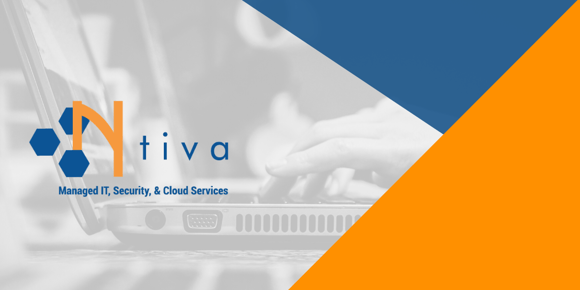Thanks to Young Upstarts for publishing us in this great article - here’s a sneak peak!
While Apple is the go to smartphone and tablet device manufacturer for a majority of North American consumers, breaking into the enterprise market has traditionally been far more difficult. Windows machines have dominated the business world since the 1990s. This creates plenty of barriers for businesses that are looking to transition to Apple, beyond just the upfront capital costs.
Many IT managers and support teams have spent their entire careers working solely within the Windows ecosystem. This can inevitably lead to the shoehorning of ill fitting Windows-based standards and practices when tasked with managing Apple devices.
However, we’re witnessing a gradual shift towards increased Mac OS and iOS device usage among businesses. What’s more, we could see a continuation of this trend, driven by factors including the bring your own device to work trend, employees using their own devices while homeworking, and the perceived value-add of Apple device usage when recruiting staff, especially millennials.
Therefore, businesses that embrace either a hybrid-OS environment, or decide to transition fully to Apple devices, need to carefully plan their transition. And while the barriers may seem high, this shouldn’t deter you from making a decision that’s in your long term interest.
